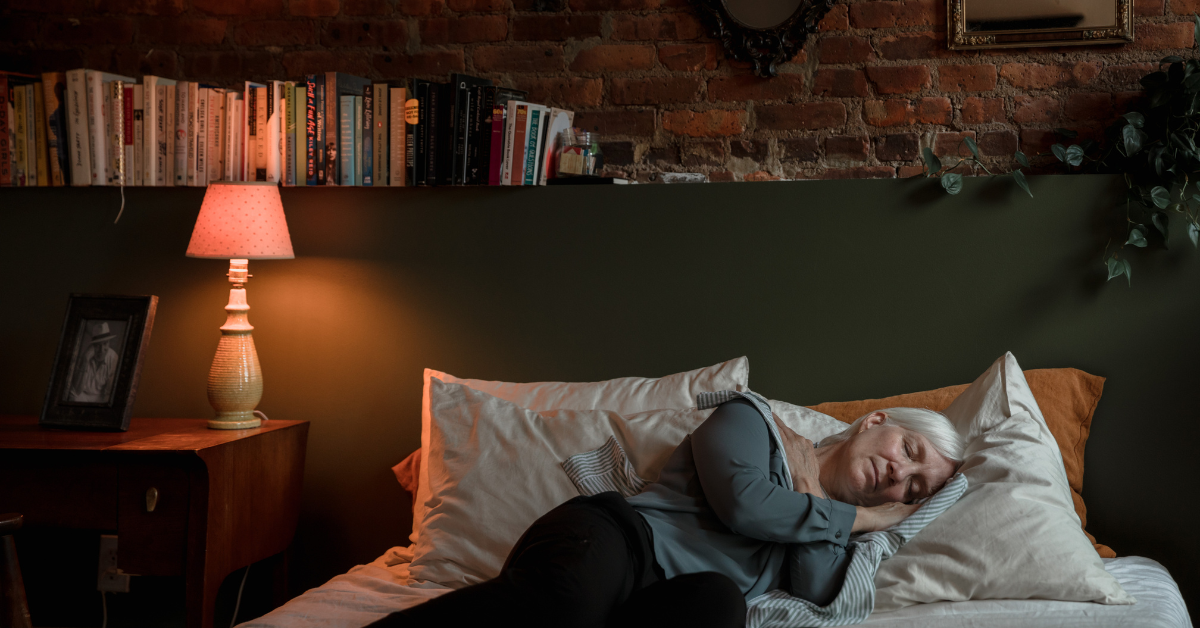Drift Off to Dreamland: Crafting Your Perfect Bedtime Routine for Better Sleep
In our increasingly fast-paced world, quality sleep often feels like a luxury rather than a necessity. Yet, the evidence is clear: sufficient, restorative sleep is fundamental for physical health, mental clarity, emotional resilience, and overall well-being. One of the most powerful tools in your sleep arsenal isn’t a pill or a gadget, but a simple, consistent ritual: a bedtime routine.
Think of a bedtime routine as your personal “sleep siren” – a series of comforting activities that signal to your brain and body that it’s time to transition from the demands of the day to the tranquility of rest. Just as a child thrives on the predictability of a pre-sleep ritual, so too does an adult’s circadian rhythm.
Ready to reclaim your nights? Here’s how to create a successful bedtime routine tailored to your needs.

Step 1: Define Your "Sleep Window"
Before you begin, determine your ideal bedtime and wake-up time. Most adults need 7-9 hours of sleep per night. Work backward from your desired wake-up time to pinpoint when you should aim to be asleep. Your routine should begin 30 to 90 minutes before this target bedtime.
Step 2: Dim the Lights, Ditch the Screens
This is arguably the most crucial step. Our bodies naturally produce melatonin, the sleep hormone, when darkness falls. Exposure to blue light emitted from phones, tablets, computers, and even bright overhead lights can suppress melatonin production, tricking your brain into thinking it’s still daytime.
- The Golden Hour Rule: Aim to turn off all screens (phones, tablets, laptops, TVs) at least one hour before your target bedtime.
- Dim the Lights: As your routine begins, gradually dim the lights in your living space. Consider using warm, low-wattage bulbs or lamps instead of harsh overhead lighting.
Step 3: Embrace Relaxation – Find Your Calm
This part of your routine is about actively unwinding and reducing mental and physical tension. Experiment with what truly helps you relax:
- Warm Bath or Shower: The dip in body temperature after a warm soak can promote drowsiness. Add Epsom salts or essential oils like lavender for an extra calming effect.
- Reading a Physical Book: Immerse yourself in a story or a calming non-fiction book. The act of reading, especially a physical book, can be a delightful escape from daily stressors.
- Gentle Stretching or Yoga: Light stretches can release muscle tension. Avoid vigorous exercise, which can be stimulating.
- Mindful Breathing or Meditation: Even 5-10 minutes of focused breath work or a guided meditation app can calm a racing mind. We love lighting candles or incense for extra relaxation points!
- Listen to Calming Music or a Podcast: Choose instrumental music, nature sounds, or a gentle, non-stimulating podcast (perhaps one designed for sleep).
- Journaling: If your mind is buzzing with thoughts, jot them down. This “brain dump” can help release worries and prevent them from keeping you awake. Focus on gratitude or positive reflections rather than problem-solving.
Step 4: Create a Sleep-Friendly Environment
Your bedroom should be a sanctuary for sleep. Optimise it for comfort and minimal distraction:
- Darkness: Use blackout curtains or blinds to block out external light. Even small amounts of light can disrupt sleep.
- Cool Temperature: Most experts recommend a bedroom temperature between 18-20°C (65-68°F). Your body’s core temperature needs to drop slightly for optimal sleep.
- Quiet: Minimise noise. Consider earplugs or a white noise machine if your environment is noisy.
- Comfort: Ensure your mattress and pillows are supportive and comfortable. Fresh, clean bedding can also make a big difference.
Step 5: Be Consistent (Even on Weekends!)
The power of a bedtime routine lies in its consistency. Going to bed and waking up at roughly the same time every day, even on weekends, helps regulate your circadian rhythm. While occasional deviations are inevitable, strive for regularity as much as possible.
Step 6. Supplementing Your Slumber: A Helping Hand for Restful Nights
While building a consistent routine is key, certain supplements can also offer support for better sleep. Magnesium is a popular choice, helping you relax by activating your parasympathetic nervous system and influencing calming neurotransmitters like GABA. Melatonin, your body’s natural sleep hormone, can help regulate circadian rhythms, especially for jet lag or shift work. Other options include valerian root, a traditional sedative; L-theanine, which promotes relaxation without drowsiness; glycine, an amino acid that can lower body temperature and improve sleep quality; and calming herbs like chamomile and passionflower. Additionally, adaptogens like ashwagandha can help manage stress that often disrupts sleep.
While building your routine, be mindful of what to avoid:
- Caffeine and Nicotine: Steer clear of these stimulants in the late afternoon and evening.
- Heavy Meals: A large, rich meal too close to bedtime can lead to indigestion and discomfort. Aim to finish eating at least 2-3 hours before sleep.
- Alcohol: While it might initially make you feel drowsy, alcohol disrupts sleep quality later in the night, leading to fragmented sleep.
- Intense Exercise: Finish vigorous workouts at least a few hours before bedtime.
- Stressful Conversations or Work: Try to wrap up emotionally charged discussions or demanding work tasks earlier in the evening.
Step 8: Be Patient and Flexible
It takes time to establish a new habit. Don’t get discouraged if you don’t instantly fall asleep on night one. Experiment with different activities to find what works best for you. Your routine should be a source of comfort, not another chore. Life happens, so be prepared to adapt your routine when necessary, but always aim to return to your consistent schedule.
By intentionally crafting and consistently following a personalised bedtime routine, you’re not just preparing for sleep; you’re investing in your health, your mood, and your ability to tackle each new day with energy and focus. Start tonight, and discover the transformative power of a truly restful night.








